Long hours. No time off. Little money. RI's young farmers have to adapt to survive. Here's how.
EXETER - Maggie Cole rises to feed her cows at 6 a.m. each day.
For two hours, she tends to them at her Exeter farm, EMMA Acres – an acronym for Cole and her three older siblings, Elizabeth, Matthew and Alex.
By 8 a.m., she's at her job as a receptionist at the Rhode Island Farm Bureau, where she puts in enough hours to pull in a paycheck.
Weekends aren't about putting her feet up – that's when she moves the cows and mucks the stalls. On a recent Saturday, she was called in to judge a cattle show at the University of Connecticut, eyeing body widths, udders and leg placement.
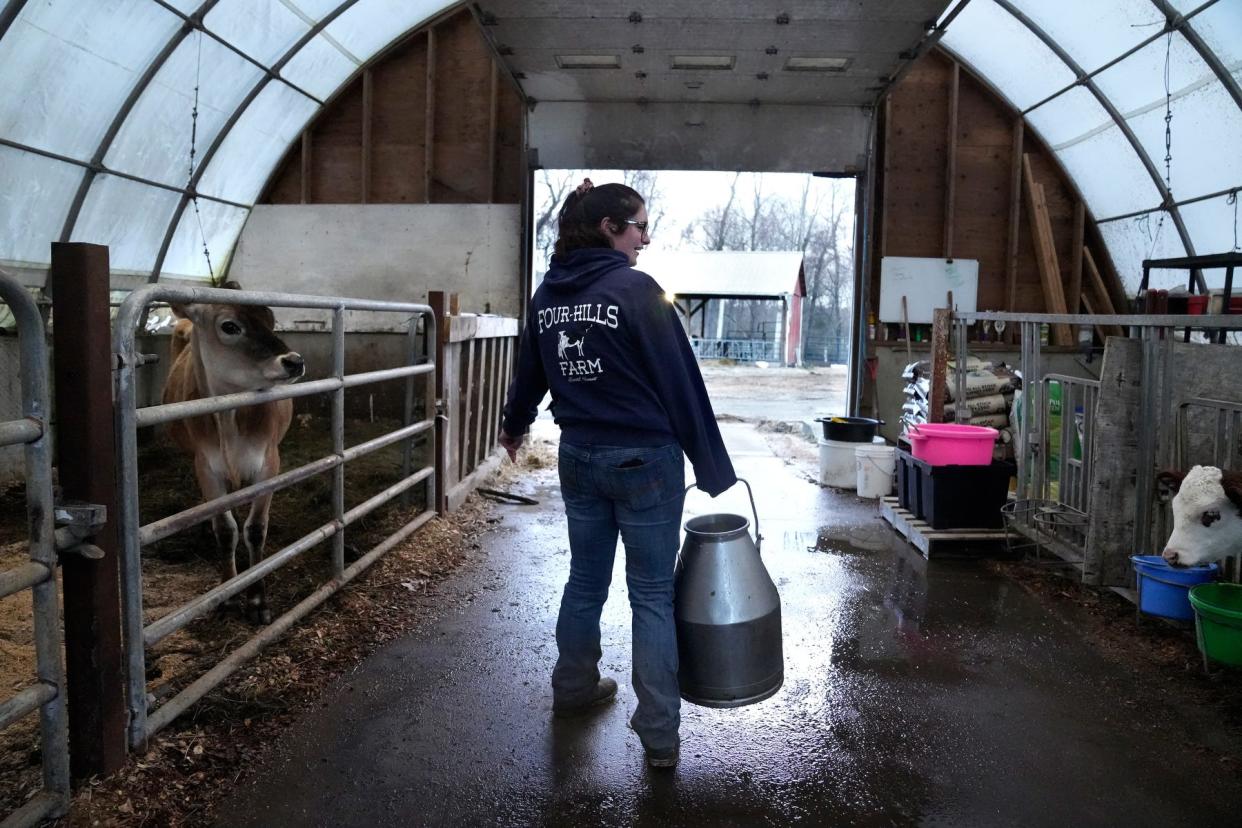
"An outsider looking in is like, 'this makes no sense. You’re not making any money, you have to work 365 days a year. Why?' And I don’t know why except I love it," Cole said during a walk around the farm in April.
At 25 years old, Cole is part of a rising tide of young farmers in the state who, despite the challenges of modern farming, are making a go of it.
According to the most recent U.S. Department of Agriculture census, from 2017 to 2022, Rhode Island’s population of young producers – under age 35 – grew by 24.5%. That was one of the largest jumps in the nation, second only to New Jersey.
Cultivating success: RI's new farmers help the state buck national trends
Challenges of modern farming continue, but young farmers still try it
But the obstacles to making a living on a farm can be significant. Among those is the growing cost of dairy operations. Cole herself faced that reality when her farm opted to diversify its dairy herd with beef cows in 2019. Even with its membership in the Cabot Creamery Cooperative, of which most New England dairy farmers are a part, it could no longer make ends meet. Milk prices, paid per 100 pounds, were simply too low.
"It is hard," Cole said. "My grandfather and uncle milked cows their whole lives. They stopped milking [around] 2016. That was over 100 years of being dairy farmers."
Now, EMMA Acres sells fresh veal, beef, pork and chicken, with a variety of items marketed in its farm stand. Online, home cooks can find recipes for lentil soup with smoked ham or pork fried rice. She still loves the few dairy cows she has left, but those are just for showing.
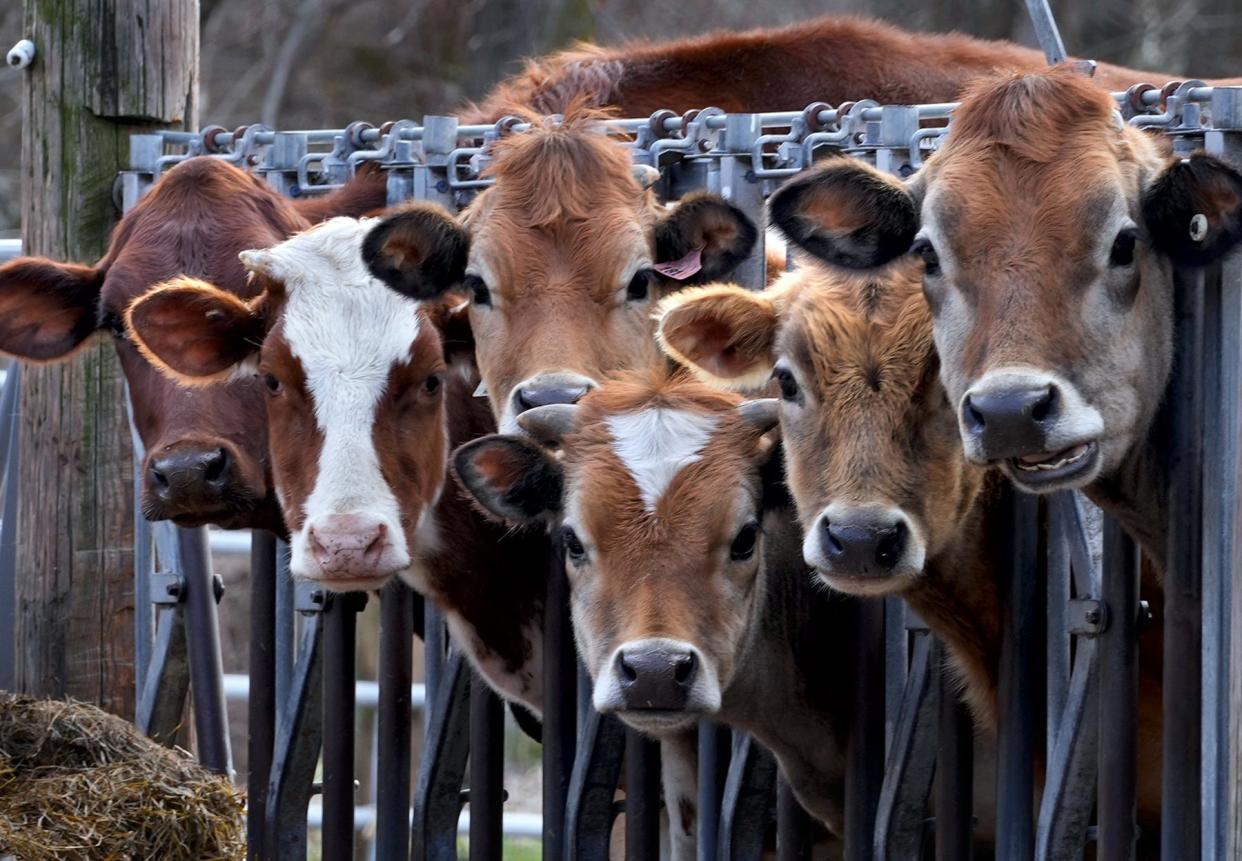
Want to buy a farm? Prepare to spend big to get the land
For those looking to get into farming who don't have a working farm passed down from family, the cost of entry is steep.
In 2022, the USDA reported a single acre of Rhode Island farmland cost $17,500 on average – significantly more than any other state. According to real estate firm Land and Farm, the median price of a farm or plot of rural land was $745,000, with Washington County offering the most rural land for sale. The pricey area is known for its shorefront homes, among the most famous being Taylor Swift's Watch Hill mansion that overlooks the sea.
Diane Lynch, president of the Rhode Island Food Policy Council, said the high cost of land makes the overall cost of farming in Rhode Island high.
"Part of that is because so much of our really prime agricultural land is also coastal, and is therefore priced as high-priced coastal vacation land," Lynch said.
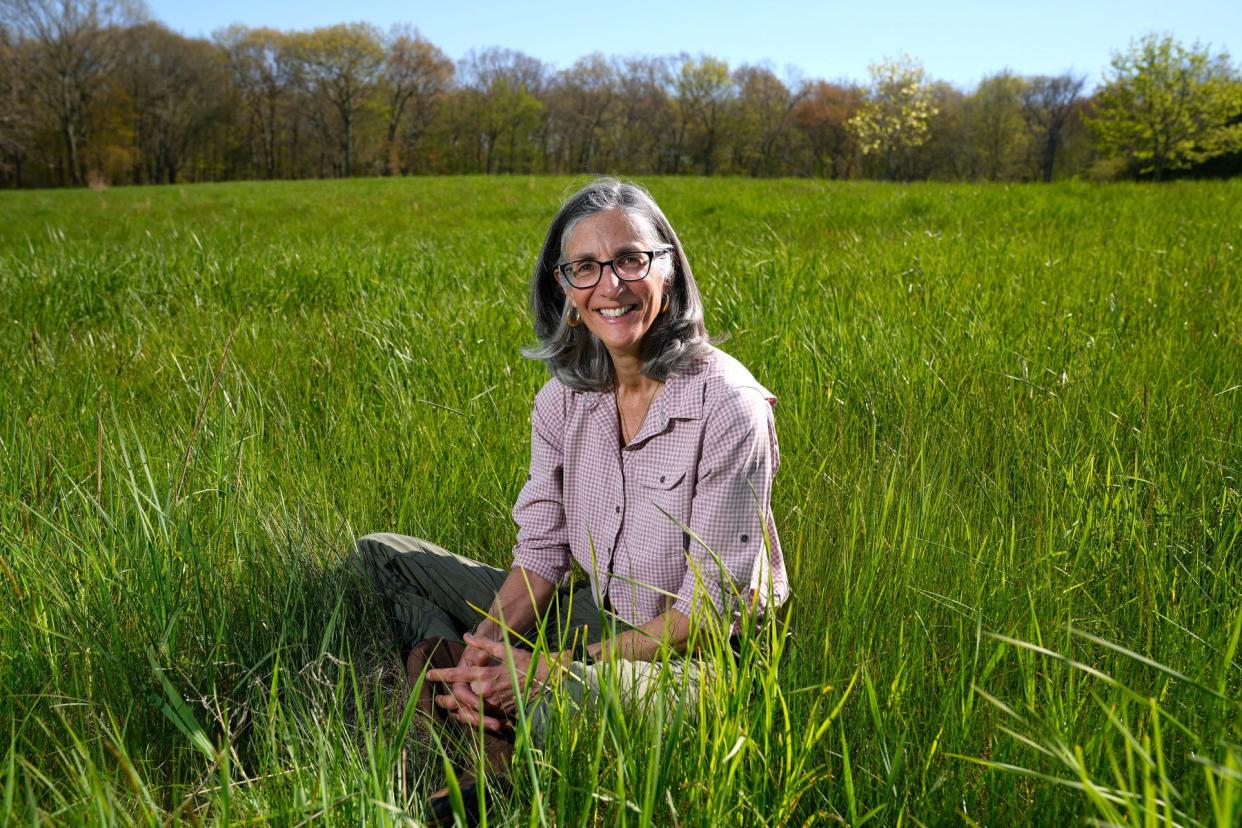
More: Pair of 20-something women launch small farm, break new ground
Annie Bayer, a coordinator with the Young Farmer Network, which supports Rhode Island's diverse community of budding farmers, said land access is a major hurdle.
"I think the other thing is just that financial capital that it takes to be able to even start your own farm is a limiting barrier for a lot of young farmers," she added, noting that a lack of financial literacy can also be an obstacle.
To help newcomers along, the network has offered a variety of courses – how to navigate farm finances, mend worn workwear, prepare land for farming and manage pests.
Farming is tough. Why do so many young people keep doing it?
Despite the difficulty of making a living farming, Rhode Island is still a national leader in young farmers like those in the network.
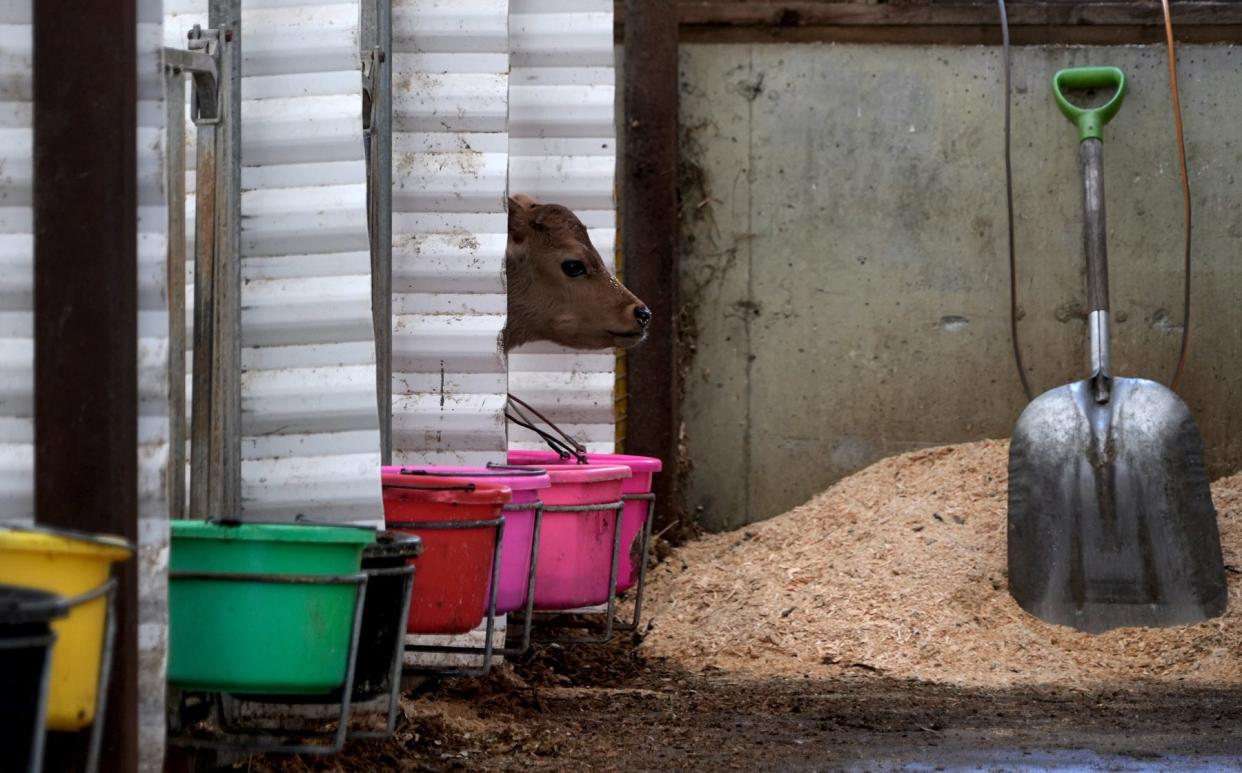
Ken Ayers, chief of the Division of Agriculture of the state Department of Environmental Management, said "people are encouraged to farm in this state, whether it's full-time or part-time," even just to add to existing income. Side jobs, like Cole's work in reception, are common, as not everyone makes their living solely on the farm.
But another factor helps: New Englanders' love of a good farmers market.
"There’s an incredible demand to be a vendor at these markets," Ayers said. "We’ve had over 100 people apply to be vendors at our markets … and these are mostly small-time farmers maybe growing something in their backyard."
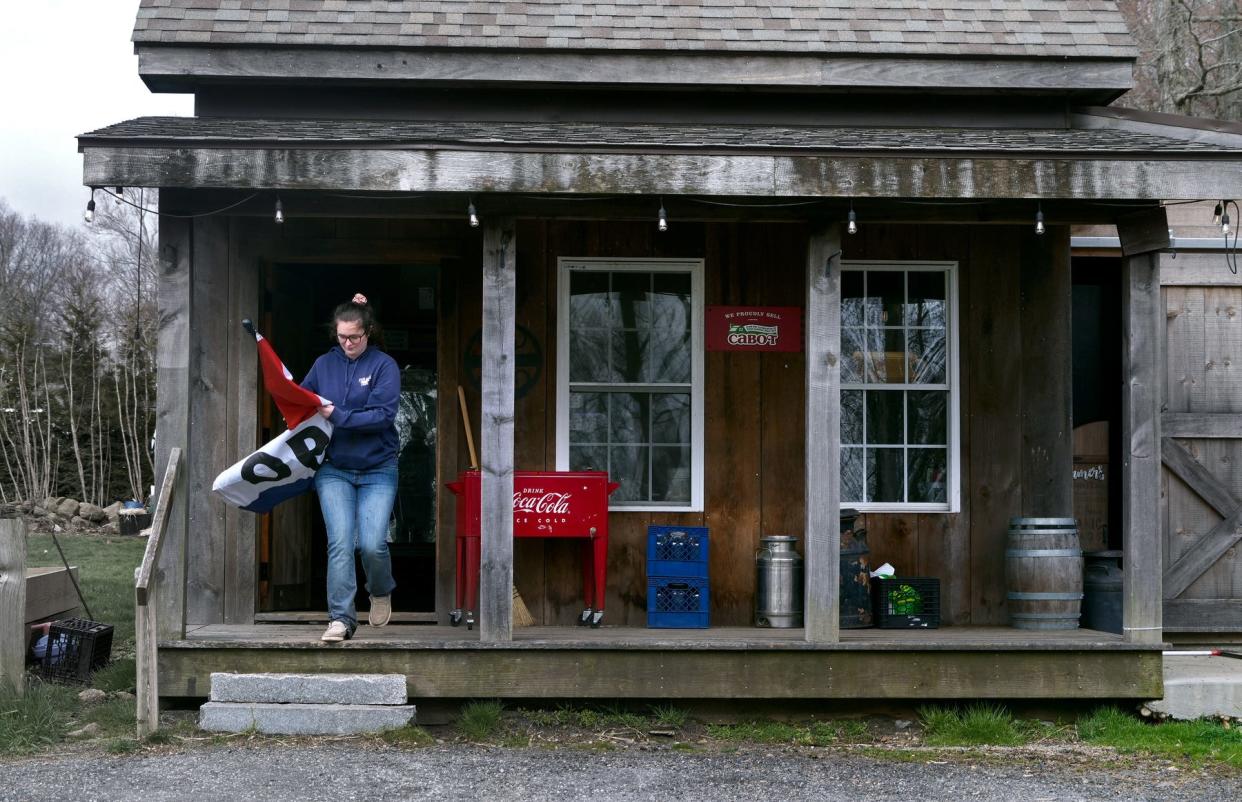
More: How did old-time farmers get water to flow uphill? Hunting for clues on Coney Brook Trail.
This year, most of the 100 who've applied to work DEM's farmers markets will be accepted, giving shoppers a wide array of local food.
"People in Rhode Island love their farmers markets," said the Food Policy Council's Lynch. "They’re well-run. They’re all over the place."
And not everyone selling is getting their produce from a large plot. Most of the 1,054 Rhode Island farms the USDA counted in 2022 were under 50 acres. Nearly half were under 10 acres.
"It's this little society of people that are doing these farmers' businesses and they’re young and they’re doing them differently than the generation before them," Lynch said. "And they’re trying to make a go of it, and it’s inspiring."
This article originally appeared on The Providence Journal: Rhode Island's young farmers have a tough job. Here's why they do it.
